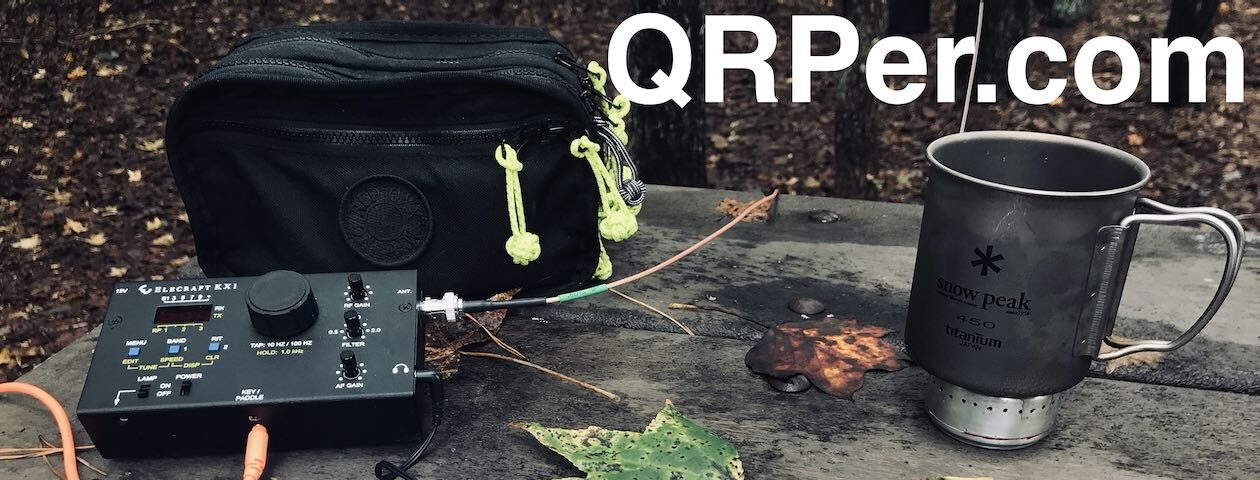Many thanks to Jim (WU3K) who shares the following guest post:
Jim Kayaks to Janes Island
by Jim (WU3K)
On Sunday, April 28th, 2024 I set out for Janes Island State Park (US-1580) near Crisfield, MD to activate my first POTA. I have always enjoyed chasing POTA stations, but decided it was time to activate a park myself.
 I had been eyeing Janes Island for a while as it is known for its kayak paddle trails and backcountry island campsites. Aside from amateur radio, I also enjoy backpacking, kayaking, camping, bikepacking, and Tenkara Fly Fishing. It’s always a bonus when you can combine two or more activities you enjoy; in this case kayaking, camping, and amateur radio.
I had been eyeing Janes Island for a while as it is known for its kayak paddle trails and backcountry island campsites. Aside from amateur radio, I also enjoy backpacking, kayaking, camping, bikepacking, and Tenkara Fly Fishing. It’s always a bonus when you can combine two or more activities you enjoy; in this case kayaking, camping, and amateur radio.
 The two-and-a-half-hour drive, which included a trip over the Chesapeake Bay Bridge, went by fast. Upon arrival, I checked in at the camp store with the Ranger and obtained my backcountry permit. I chose the Long Point backcountry site which involved a four-mile paddle out to the southern tip of the island.
The two-and-a-half-hour drive, which included a trip over the Chesapeake Bay Bridge, went by fast. Upon arrival, I checked in at the camp store with the Ranger and obtained my backcountry permit. I chose the Long Point backcountry site which involved a four-mile paddle out to the southern tip of the island.
I parked at the marina area, unloaded my kayak and packed up for my adventure. All of my gear was packed safely in Sea-to-Summit Lightweight Dry bags.
Paddling out from the marina I entered Daugherty Creek Canal, a mile-long channel that separates the island from the mainland. I then entered the Little Annemessex River, which runs between the island and the town of Crisfield, Md. On the way out, I saw blue herons along the island shoreline and ospreys perched atop the channel markers.
 My Route (Long Point backcountry campsite circled)
My Route (Long Point backcountry campsite circled)
Sun protection, a good SPF, and safety equipment are critical
Heading up the Daugherty Creek Canal
Crisfield, Maryland from the water
Bank Crab Traps
My destination: Long Point
Arrival (Kayak with Backcountry Permit Attached)
Once I arrived at Long Point, I unloaded and set up camp. Long Point is actually a small island in of itself and contains four well constructed platforms for tent set up. There are no restroom facilities, electrical hookups or water at the site. Leave-no-Trace principles apply. Continue reading Field Report: Jim Kayaks to Janes Island







































































































